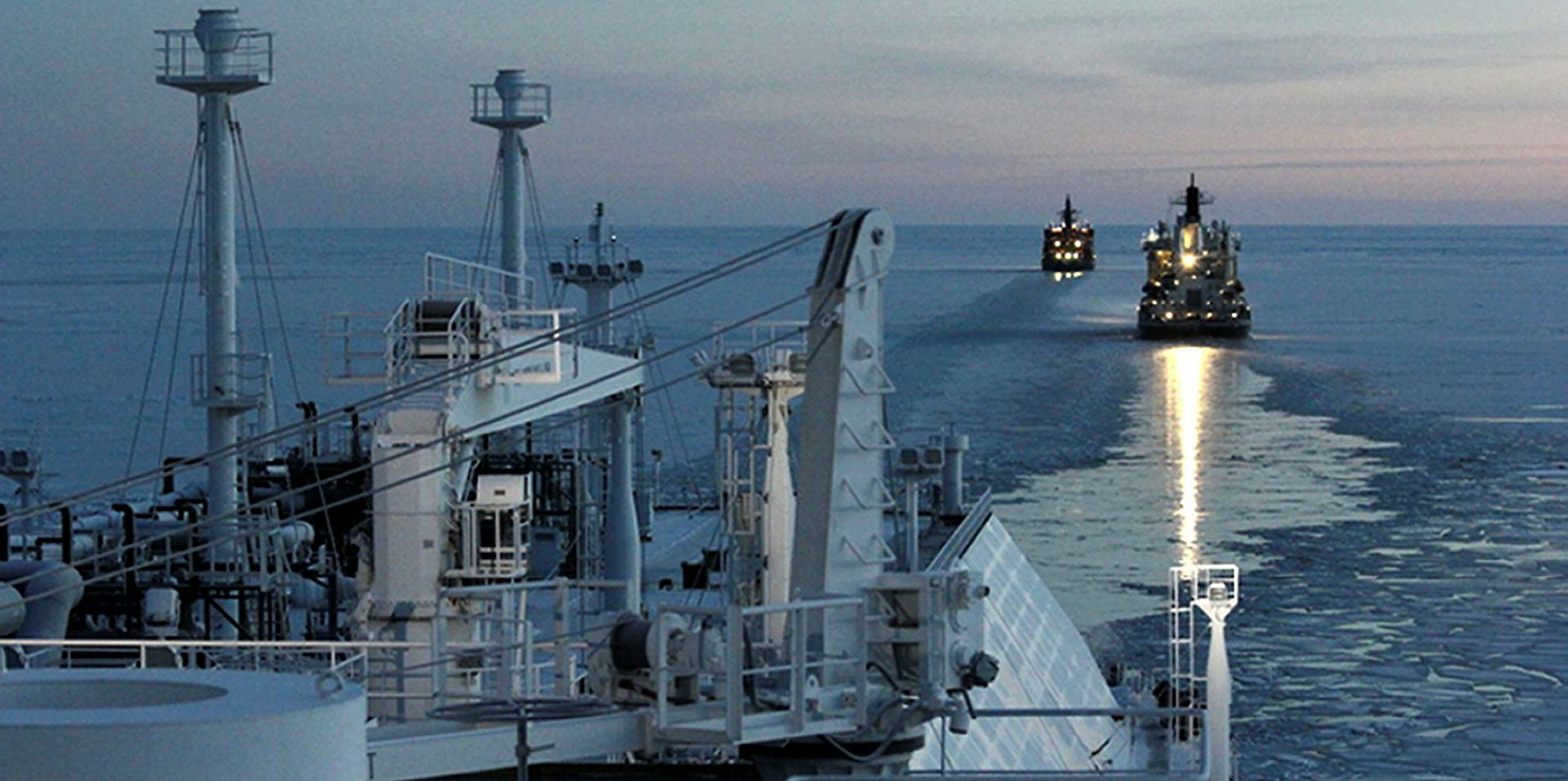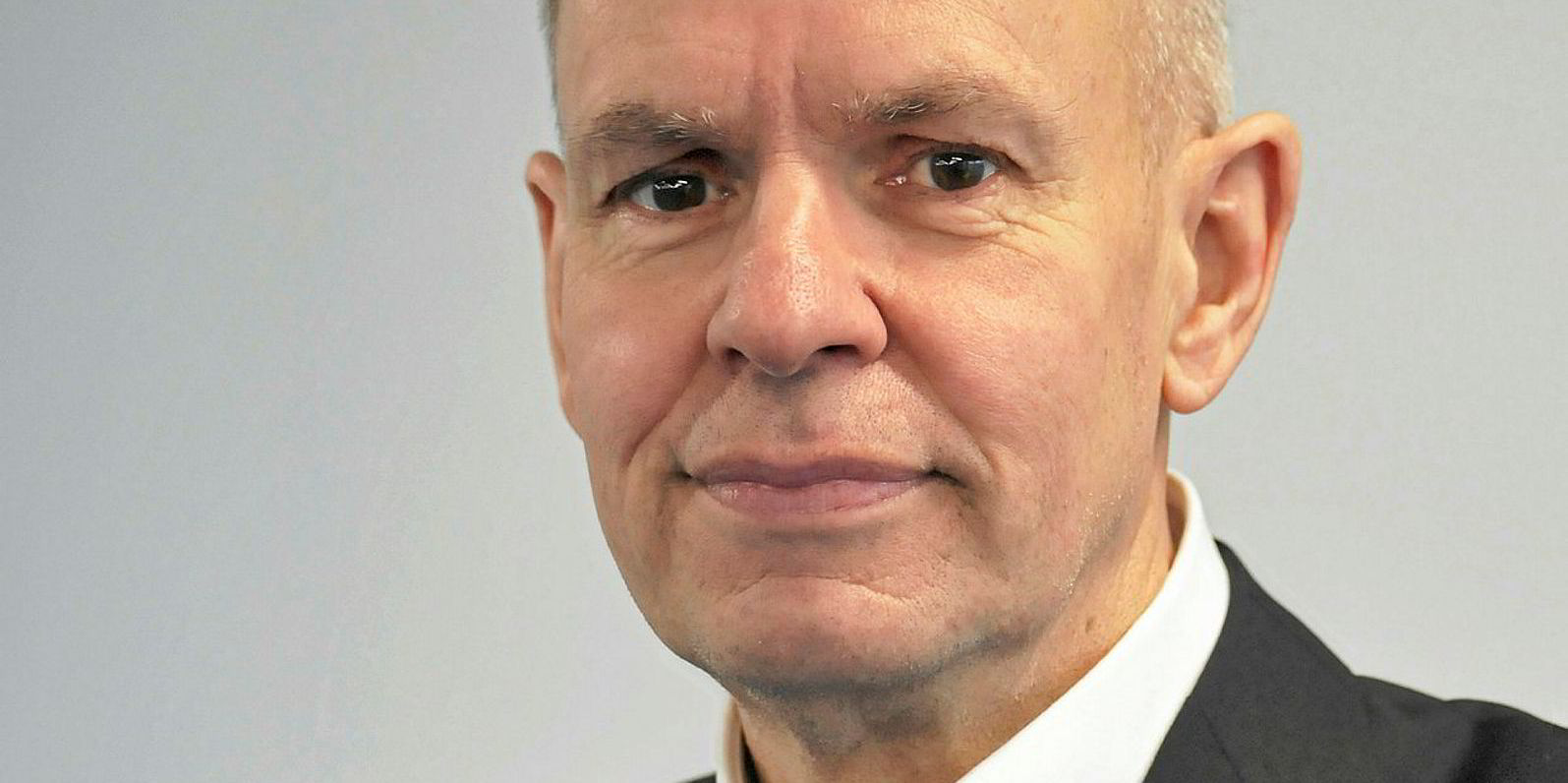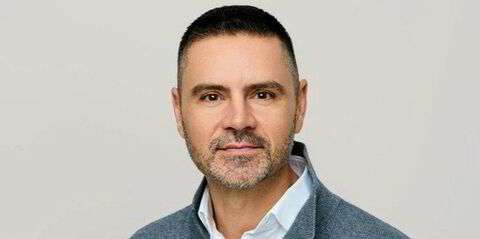While many of us fly south for beach holidays in the sun, more and more ships head north for commerce in the cold.
The first westbound voyage this year on the Northern Sea Route (NSR) is currently being made despite ice being one metre thick in places.
The Dynagas-operated LNG carrier Clean Planet (built 2014) is on its maiden voyage to the port of Sabetta on the Yamal peninsula.
Changing climate
Conditions in the Arctic remain quite different from the sweltering heat of Glyfada, near Athens, where Dynagas is based. It was only a few weeks ago that icebreakers were being forced to help tankers and LNG carriers stuck off the coast of Siberia.
While there has been much talk that global warming is changing the temperature in the far north, conditions can vary dramatically.
Russian state-owned Rosatomflot, which operates nuclear-powered icebreakers, said it was the first time in four years that the Gulf of Ob was so frozen that vessels were temporarily marooned in Sabetta.

This is where the Yamal LNG project is based. It is operated by private Russian oil and gas company Novatek and it is where the Clean Planet is needed for exporting gas.
The 162,000-cbm ice-class vessel — and its sistership the Clean Ocean (built 2014) — will formally start a 15-year shuttle contract for Yamal LNG this time next year.
Both were bought and leased back to Dynagas by China Development Bank last December. China has also helped fund the $27bn Yamal LNG scheme with $12bn-worth of loans.
Vladimir Putin, the Russian president, likes to see the development of the Arctic as a national scheme for projecting power and prestige.
But step over the border into China and you will find local media presenting Yamal and the northern route as part of Putin’s counterpart and rival Xi Jinping’s Belt and Road Initiative mega-infrastructure project.
In fact, Chinese state-run media Xinhua called the seaway passage through the Arctic “the Silk Road on ice” or the North East Passage rather than the NSR, which is a term coined and promoted by Russia.
This cold water route could be a maritime asset to both countries but there is no doubt that politics is coursing through the Arctic ice as quickly as commerce.
Big opportunities
The melting ice caps are a big opportunity for the NSR to become a vital trade artery, and one over which Putin wants control.
Gas-hungry China is a major purchasing market for Yamal LNG and Beijing is a source of cash at a time when Western money is hard to obtain for Russia due to sanctions over the Crimea.
Equally there is uncertainty over Russian legislation attempting to apply cabotage to the NSR.

The ministry of industry and trade is looking at limiting passage of oil, gas and coal to ships built and flagged in Russia in most cases.
This is possibly one of the reasons why Novatek recently signed a new cooperation deal with Russian state-owned shipowner Sovcomflot (SCF Group).
Around 17 million tons of LNG per year will flow from Yamal LNG, which formally started production last December.
If Novatek gives the final investment decision on a second project, Arctic LNG-2, then this number could double some time after 2023.
Last year, almost 10 million tons of cargo was shipped through the NSR and the Russian ministry of natural resources has claimed that number could reach 67 million tons per year by 2025.
Warmer Arctic
That may be wishful thinking but it certainly suggests the kind of scale that could be on the cards for shipping in a warmer Arctic.
Insurer Allianz in its latest annual Safety and Shipping Review highlighted climate change in the north bringing opportunities, but also new risks for accidents.
The German company noted that 1,000 icebergs were encountered by vessels in the North Atlantic.
More and more cruiseships are also visiting the far north: Russia, Greenland, Norway and Canada.
Passenger numbers grew from 50,000 in 2005 to 80,000 in 2016 with around 30 new polar expedition vessels under construction.
If cold is the new hot, it is important to safeguard as far as possible this environmentally-sensitive region, its unique communities and wildlife.



